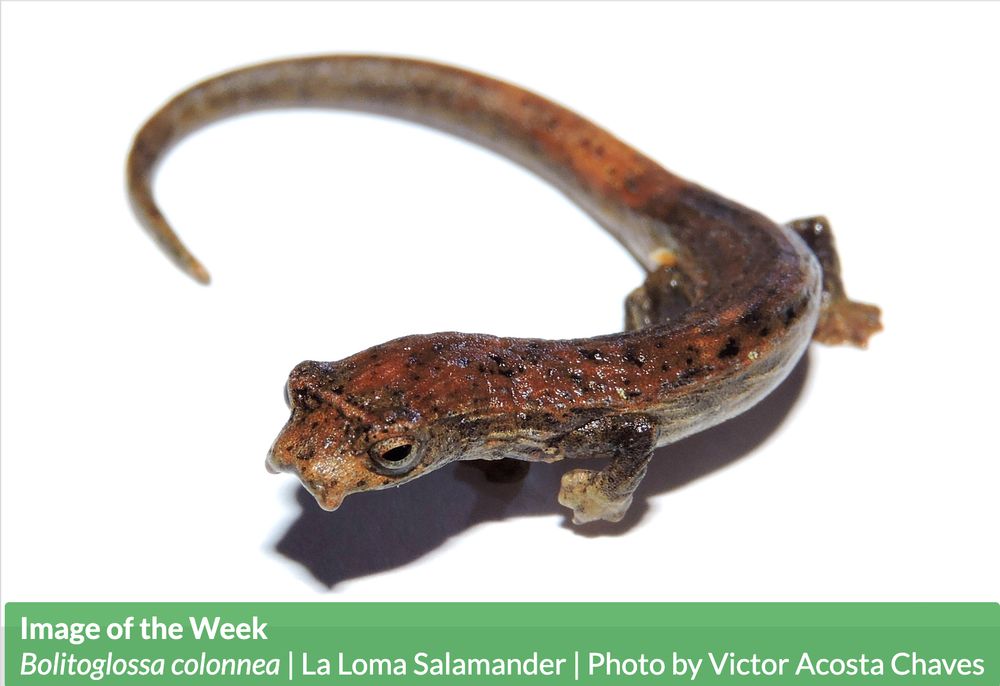



Burke Museum Study Grant: www.burkemuseum.org/collections-...
Global Amphibian and Reptile Disease Conference Travel Grant: utconferences.eventsair.com/third-gard-c...

Burke Museum Study Grant: www.burkemuseum.org/collections-...
Global Amphibian and Reptile Disease Conference Travel Grant: utconferences.eventsair.com/third-gard-c...






















